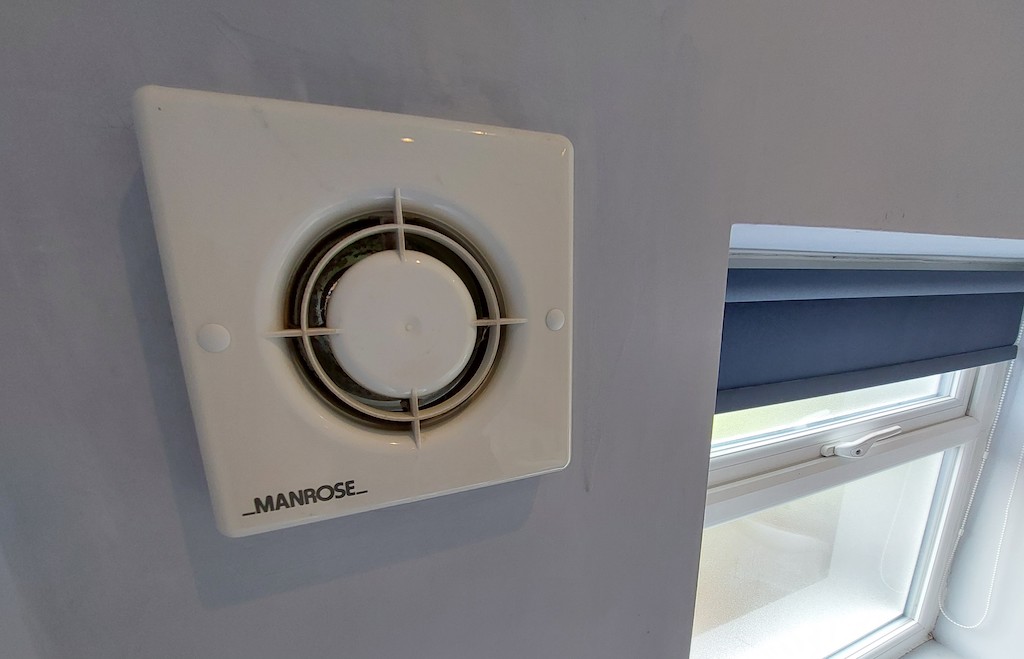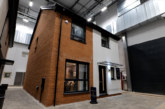
Stuart Fairlie, Technical and Operations Director at Elmhurst Energy, examines the importance of appropriate ventilation in new homes.
Ventilation is a key part of any building’s armoury – no matter the age or quality of build, a house needs to breathe.
But the emphasis on net zero by 2050 and a drive for increased energy efficiency in our new build homes brings an inevitable focus on improved airtightness.
Already the quality of insulation within existing buildings is, on the whole, very high, and next year’s interim uplift to Building Regulations Part L (conservation of fuel and power) – which asks for a decrease in a building’s carbon emissions of 31% – will make better energy efficiency mandatory.
The introduction of the Future Homes Standard in 2025 will go even further, seeking to ensure carbon reductions of up to 75-80% compared to current standards.
And so, good ventilation in our new build homes is imperative.
Overheating
Not only will it be trickier to replace stale, moisture-ridden air with fresh, dry and clean air to maintain occupant health and avoid damp, but the prevention of overheating also becomes paramount.
Overheating can occur when the indoor thermal environment is considered too high for the health, welfare or comfort of the residents or people who use the building.
In heat waves like the ones experienced this summer, overheating can also lead to severe illness and, in some cases, even death.
It can be a particular problem in apartments: they are surrounded by spaces of a similar temperature; flats on the lee side of buildings will get little fresh air through open windows; purge ventilation is almost impossible to achieve; and communal heating is distributed 24/7.
Guidance
Currently, there is no Government guidance on how to identify overheating risk or to mitigate those risks, but the recent Future Buildings Standard consultation has addressed that. It proposes to create a new legal requirement, placing the emphasis on developers to address risks by limiting solar gain and excess heat (for example by limiting glazing areas, providing shading, and taking into account heat gain from communal heating pipework).
Additionally, changes to Part F (ventilation) are also set to be introduced next year alongside the uplift to Part L, to address poor compliance and balance the drive for better airtightness.
As you can see, more emphasis is now being placed on developers to ensure appropriate ventilation and prevent overheating, which I suggest can only be a good thing.
Getting ventilation right at design and build stage will ultimately ensure lower costs for the building owner, removing the need for retrofit later in its life.
Compliance with building regulations and Part F will also ensure the creation of healthy and safe environments to live in. We all appreciate clean air strategies within our towns and cities, and our homes are a microcosm of that scenario.










